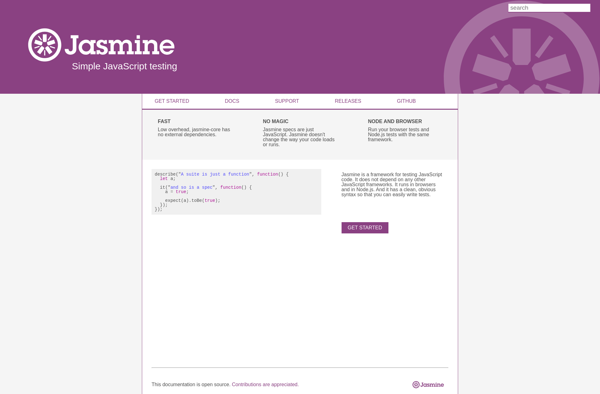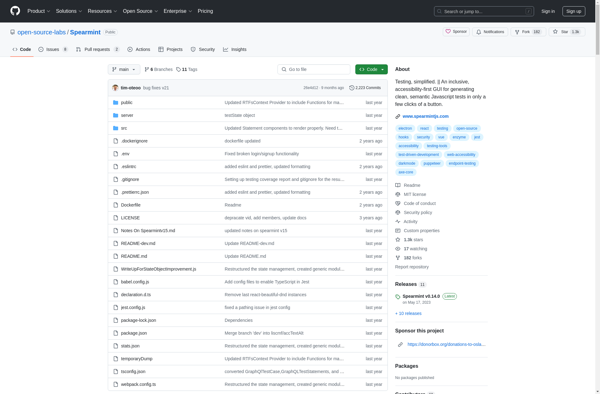EyeJS

EyeJS: Open-Source Computer Vision Library for Web
EyeJS enables web developers to easily integrate computer vision capabilities like facial recognition, motion detection, and image classification into web applications using JavaScript.
What is EyeJS?
EyeJS is an open-source computer vision library designed for the web. It allows web developers to integrate advanced computer vision capabilities into web applications using simple JavaScript APIs.
Some of the key features of EyeJS include:
- Face detection and facial recognition - detect faces in images, analyze facial features, recognize people.
- Motion detection - detect movement in video streams.
- Image classification - classify images into predefined categories like cat, dog, car etc.
- Augmented reality - overlay digital information on top of live video from a webcam.
- Gesture recognition - interpret hand waves and other gestures.
EyeJS takes advantage of web technologies like WebGL, Web Workers and WebSocket to process images and video streams from a device's camera in the web browser itself, without needing to send data to remote servers. This allows for faster processing and lower latency.
It provides a high-level JavaScript API that makes it easy for any web developer to leverage these advanced computer vision capabilities in just a few lines of code. The library handles all the complex machine learning tasks like model training and inference behind the scenes.
EyeJS supports all modern web browsers and can even work offline or with low bandwidth constraints. The small footprint library size also makes it ideal for web applications.
EyeJS Features
Features
- Real-time facial recognition
- Real-time motion detection
- Image classification
- Object detection
- Face tracking
- Face landmark detection
- Face expression recognition
Pricing
- Open Source
Pros
Cons
Official Links
Reviews & Ratings
Login to ReviewThe Best EyeJS Alternatives
Top Ai Tools & Services and Computer Vision and other similar apps like EyeJS
Jasmine

Spearmint
